Bath time for kitty doesn’t mean reaching for your nearby shampoo formulated for humans; you need a cat shampoo that is guaranteed to be safe for your furry friend. Cats have special needs for their skin and hair, which means reaching for one of the best cat shampoos on the market.
Why Bathe a Cat?
Cats are pretty self-sufficient. Sure, they expect us to clean their litter boxes, provide meals on time, and furnish suitable entertainment, but they handle the rest of the details. Outside of the occasional brushing to remove shedding hair, they manage grooming on their own. So why would you EVER consider plunking a cat in a bath?
It turns out there are plenty of possibilities:
- Motherless kittens aren’t always self-sufficient
- Rescued cats frequently suffer from heavy flea burdens
- Your cat may brush against a toxic substance you DON’T want them to ingest
- Paint
- Household chemicals
- Honey (too much sugar)
- Peanut butter (too much salt)
- Pine sap
- Toxic plants (lilies, in particular – EVERY part of the plant is hazardous!)
- If you have an indoor/outdoor cat, and they decided to confront a skunk
- Incidentally, cat shampoos are NOT your best choice – use the trusted de-skunking method
- You’re treating a specific health condition
- Your cat is older or obese, making grooming difficult
- As with hairless dog breeds, hairless cat breeds require special skincare
Cat Shampoo Safety
If you’re not planning on many wrestling matches in the sink, it’s tempting to skip over cat shampoos and use your own. After all, why spend more if you have baby shampoo in the house? The problem is, human shampoos are NOT safe for cats. Cats need a different pH balance, and they need to AVOID certain chemicals.
Cats are sensitive. If you see ANY of the following in an ingredient list, run the other way:
- Alcohol
- D-limonene
- Linalool
- Parabens
- Permethrin
- Phenol
- Pyergroids
- Pyrethrin (this is SEVERELY toxic to cats!)
- Tea tree oil
Choosing a Cat Shampoo
Most cat shampoos on the market work for both dogs and cats. Don’t let this turn you away; it doesn’t mean the shampoo is more or less effective. When selecting specifically for your cat’s bathing needs, keep a few things in mind.
- Smell: Cats don’t have the same sense of smell as dogs, but it’s still sharper than ours. While you’d like them to smell fresh following their bath, you don’t want the scent, so over-powering your cat ends up miserable. If you find the bottle off-putting, your cat will, too.
- Effectiveness: If a cat shampoo doesn’t clean your cat, it’s not worth your investment. Obviously, the manufacturer’s going to claim the product works, so they’re not reliable. Ask your veterinarian or friends and family if they’ve used the cat shampoo before, especially if you’re aiming to help a particular ailment, such as dander or dry skin.
- Safety: Hypoallergenic cat shampoos are designed for your cat’s sensitive skin. They eliminate itchiness without causing allergic reactions.
- Specific Treatments: Does your cat have fleas? Have you noticed round patches suspicious for ringworm? First, you need to see your vet for confirmation of the diagnosis. They’ll recommend a specific cat shampoo to treat the condition. You want to make sure you’re using the best tool for the job.
How to Bathe a Cat (And Keep Your Limbs)
If you’ve never bathed your cat before, the first thing you need to do is make sure your life insurance policy is current and paid up.
Just kidding. Bathing a cat isn’t as bad as internet memes make it out to be. If you have a kitten, starting them out early with the bathing process saves heartache down the road. However, as long as YOU remain calm and patient, both of you will come out on the other side with all of your limbs intact (promise).
You will need the following items for kitty bath time:
- A sink
- A plastic cup
- Cat shampoo
- Several towels
- Your cat’s brush
- Your cat (this is often the hardest item to come by)
If you can, choose a time of day when your cat’s most relaxed. Also, aim for a time when you’ve recently cut their nails.
If you face removing a potential toxin, you won’t have this luxury (which is where remaining calm comes into play).
Bathing Your Cat
Brush your cat first. You’ll remove any excess hair (or toxin), and you’ll soothe your cat at the same time. Make sure this is NOT the only time you brush your cat, or you’ll tip them off a bath is coming.
If you have a second person willing to help, that’s ideal. One person can hold your cat while the other does the bathing.
- Place a towel in the bottom of the sink to provide a non-slip surface. Run warm (NOT hot or cold!) water over the towel. Don’t keep the water running – you’ll scare your cat.
- Put your cat in the sink. Throughout this process, talk soothingly and provide reassurance.
- Using the cup, pour WARM water over your cat. NOT over their head.
- Lather the cat shampoo into your hands and massage it into their coat. Don’t go beyond your cat’s tolerance levels (you know the sound of that growl).
- Use the cup to rinse the shampoo off. Make sure ALL the shampoo is off (you’ll feel the difference). You DON’T want your cat to lick the shampoo – safe ingredients or not.
- Using the towels, dry them thoroughly. NEVER use a hairdryer! That sound is traumatic! If one towel gets saturated, switch to another.
- Give your cat a treat and lots of praise.
- Count everyone’s limbs. All still there? See, told you – a piece of cake.
Best Cat Shampoos
It’d be great if our cats never needed baths. However, situations crop up here and there. Hairless cat breed owners are no strangers to regular cat bathing, and their cats frequently ENJOY bath time. Having a safe cat shampoo on hand, just in case, provides peace of mind for those “just in case” moments.
Best All-Natural Cat Shampoos
Nothing is scarier than confronting an ingredient list of unfamiliar chemicals. What does that mean? How do you even pronounce that word? Is this going to harm my cat? All-natural cat shampoos ease your mind with hypoallergenic lists of ingredients you recognize. For cats with allergies or sensitive skin, these are the cat shampoos you want.
Burt’s Bees is a company familiar across the human and pet industries. Their hypoallergenic cat shampoo utilizes shea butter to moisturize skin and honey to add shine to your cat’s coat. As with all of Burt’s Bees products, the ingredients are all-natural and sourced from the United States. The formula doesn’t contain any sulfates, parabens, or added colors. Your cat gets clean, their skin gets soothed, and you’re relieved knowing the shampoo is safe.
Downside? People weren’t happy with the size of the bottle (10 ounces). Whether you view this as a downside or not comes down to how often you’re bathing your cat.
The Good
- All-natural ingredients
- No sulfates, parabens, or added colors
- Cruelty-free company
The Bad
- Bottle's only 10 ounces
Earthbath takes all-natural needs to heart, focusing on just oatmeal and aloe vera to soothe itchy cat skin. The gentle formula moisturizes your cat without removing any topical flea treatments you might have applied (definitely a significant concern). The plant-based ingredients soothe your mind, eliminating any concerns for harsh, unwanted chemicals. As long as your kitten is over 6-weeks-old (about the standard age for cat shampoos), you’re good to go.
The downside? Cats aren’t fans of the scent.
The Good
- Plant-based ingredients
- Won't remove topical flea treatments
The Bad
- Cats don't like the smell
John Paul is part of Paul Mitchell (a familiar hair-care brand for a lot of people). Their shampoo formula consists of oatmeal, aloe, and chamomile – all soothing ingredients for cats with irritated skin. The 16-ounce bottle carries a concentrated formula, requiring very little to get the job done (though there is a gallon jug if you anticipate A LOT of bathing in your future). The all-natural botanicals come from the United States (the same ingredients Paul Mitchell utilizes). Both Paul Mitchell and John Paul have been cruelty-free since 1980. Their dedication extends to donations from every sale to animal and wildlife organizations (always a nice bonus!)
So what’s the downside? The almond scent was a little strong for some people.
The Good
- Concentrated formula only requires a small amount
- All-natural botanicals
- Cruelty-free company
- Donations from every sale go to animal and wildlife organizations
The Bad
- Almond scent may be overpowering
Pro Pets not only carries the all-natural and organic stamps, but it also gets veterinarian approval. Formulated with aloe extracts, almond oil, and vitamins A, E, and D, everything is biodegradable and packaged in a recyclable bottle. The shampoo contains no alcohol, sulfates, added colors, chemicals, or fragrances, making it safe for cats with allergies. You’ll appreciate the cherry-almond smell. If you’re not satisfied with the shampoo, Pro Pet offers a 100% money-back guarantee.
Downside? While this shampoo is formulated without unnecessary ingredients, it’s not entirely hypoallergenic. As a result, some owners saw allergic reactions with their pets.
The Good
- Veterinarian-approved
- All-natural and organic ingredients
- 100% money-back guarantee
The Bad
- Some cats may have an allergic reaction
So what if you have a tiny kitten you need to bathe? Tropiclean to the rescue! (I know, it says puppies on the label, but it works on kittens, too) The hypoallergenic formula of coconut, oatmeal, and aloe tackle cleaning without harming your kitten’s delicate skin. Itchy skin gets soothed away, eliminating the need to scratch. Meanwhile, you get a pleasant tropical scent neither of you will mind.
The downside? The formula just isn’t strong enough to tackle heavy messes. So you’ll either have to repeat the bath (no fun for your kitten), or you’ll have to reach for something stronger.
The Good
- Soothing, hypoallergenic formula
- Gentle enough for use on kittens
The Bad
- Not strong enough for messes
Best Waterless Cat Shampoo
Your cat heard the word “bath” and gave you a look that clearly said you needed to reconsider. They still need cleaning, though. If a wrestling match in the sink is off the table, what are you going to do? Not to fret, the pet industry has your back: waterless cat shampoo.
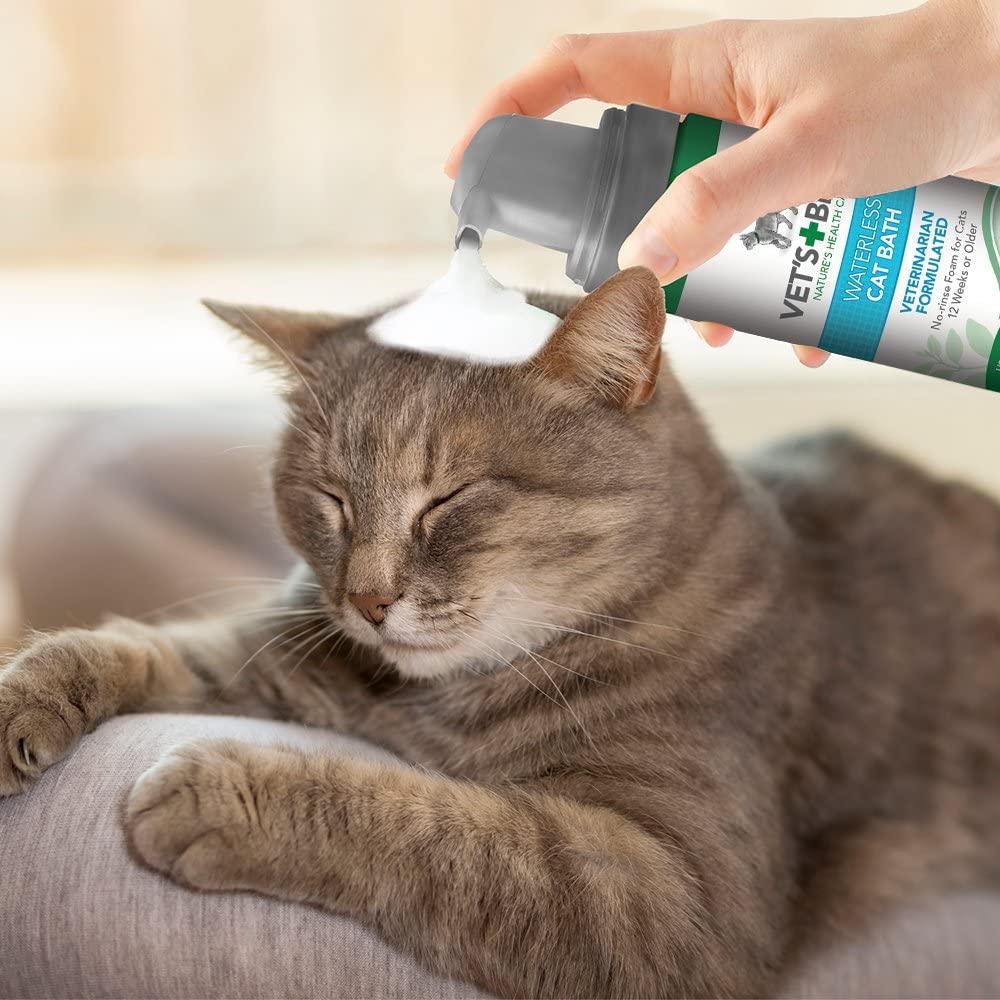
Vet’s Best’s easy spray shampoo works for kittens over 12-weeks-old. The safe formula earns veterinary recommendations, easing your mind. Containing aloe vera, neem oil, oatmeal, and vitamin E, this shampoo is gentle on stomachs, so your cat can lick it off. However, your best bet’s to brush the shampoo through their hair. Is your cat matted? The shampoo helps detangle the mess. The spray dries within 30 minutes, and it’s safe to use on topical flea treatments.
Downsides? While owners don’t mind the smell, cats did. Also, the shampoo isn’t effective on more than light messes. So if your cat’s exposed to a potential toxin or has a genuine mess to tackle, this shampoo won’t do the trick.
The Good
- Veterinarian-approved
- Safe if your cat licks off (though not recommended)
- Detangles fur
The Bad
- Cats don't like the smell
- Not strong enough for messes
Best Medicated Cat Shampoos
Cats encounter different medical conditions throughout their lives. From fleas to ringworm, medicated cat shampoos are the most straightforward solutions. However, ALWAYS speak with a veterinarian before attempting to treat a possible skin condition. Even something as simple as fleas can lead to more severe health conditions. Making sure you’re on the right track is in your cat’s best interest.
Please note: medicated cat shampoos are NOT intended for regular use! They’re meant for the treatment of specific conditions ONLY!
You’ll never guess what Adams Plus focuses on. True, fleas tend to drown in ANY bath, but if you have a rescue cat or kitten with a heavy flea infestation, your vet might recommend a flea shampoo. Adams Plus’s active ingredients take out fleas, flea eggs, lice, and common ticks. Meanwhile, lanolin and aloe vera keep your cat’s skin soft and moisturized. Compared with other flea treatments, Adams lacks toxic pyrethrin, keeping your cat safe.
Downside? For effective treatment, the shampoo needs to stay on for five minutes to allow the active ingredients to kick in. Not as bad as some medicated shampoos, but still a lot to ask of your cat.
The Good
- Targets fleas, flea eggs, lice, and common ticks
- Keeps cat's skin soft and moisturized
- No toxic pyrethrin
The Bad
- Lather needs to stay on for 5 minutes
Curaseb’s intended target, for the most part, is ringworm. Ringworm is zoonotic, meaning you CAN catch this fungus. (Surprise! Ringworm is NOT a worm, despite its name) Curaseb’s formula tackles fungus, yeast, and bacteria with top-notch ingredients sourced in the United States. Vets recommend and prescribe the shampoo without hesitation. The sweet scent (compared to cherries or strawberries) disguises its medicinal properties. And, despite being a medicated shampoo, the cost isn’t bad. Best of all, Curaseb offers a full, money-back guarantee – even if you’ve used the entire bottle!
The downsides? Your kitten needs to be six months old to use this shampoo. Also, for the shampoo to be effective, the lather needs to stay on your cat for TEN MINUTES. That’s a long time for your cat to tolerate.
The Good
- Veterinarian-approved
- Tackles fungus, yeast, and bacteria
- Full, money-back guarantee
The Bad
- Cats must be six-months-old
- Lather needs to stay on for 10 minutes
I know what you’re thinking: Dawn?! Veterinary clinics and wildlife centers worldwide use Dawn as the first line of defense for cleaning not just cats but a variety of animals. Dawn’s gentle and safe (standard Dawn – no scents or special formulas), it cuts through almost any substance, and it rinses clean. Wildlife response uses Dawn to remove crude oil from birds and animals following oil spills. In vet offices, Dawn gets used for bathing cats suffering from pyrethrin toxicity or flea infestations. There’s a small bottle kept on hand in our house for cat-bathing emergencies. Every time a new addition comes in the house, that’s the “shampoo” I use.
So what’s the downside? No, you can’t use Dawn regularly. This is because it lacks the pH balance your cat’s skin needs. In an emergency, though, it’s the perfect go-to.
The Good
- Veterinarian-approved
- Safe and gentle, even on kittens
- Cuts through even oil and rinses clean
The Bad
- Can't use regularly
Dechra provides another option for ringworm, as well as other skin infections. Veterinarians reach for this shampoo frequently, and you need your vet’s supervision if using it. In addition to the antifungal and antibacterial ingredients, Dechra contains ceramides, which keep your cat’s skin moisturized during treatment. Antibacterial components, in particular, are noted to strip moisture, so ceramides are essential additions to the formula.
Downsides? Again, you need to leave the shampoo on your cat for 5-10 minutes for the best results. Also, this shampoo’s scent is STRONG. You need to keep the room ventilated to protect you and your cat from possible respiratory reactions.
The Good
- Veterinarian-approved
- Targets ringworm and skin infections
- Ceramides keep skin moisturized
The Bad
- Lather needs to stay on for 5-10 minutes
- Must use in a ventilated room to prevent respiratory reactions
Scrub-a-Dub
Odds are, most of the time, your cat handles their bathing needs. However, now and then, you might need to step in and provide a bath. If you desensitize your cat to baths early, the process won’t become traumatic (for anyone). You may even find your cat enjoying their “spa” experience!
Selecting appropriate cat shampoos goes a long way to making that cat bath pleasant. Of course, you want your cat comfortable, with no irritation from ingredients or harsh smells. With the best cat shampoo in hand, you and your feline family member will get set for bathing success.

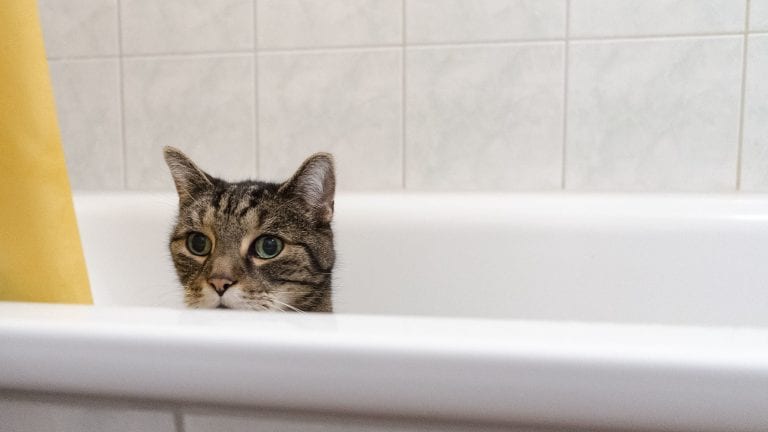



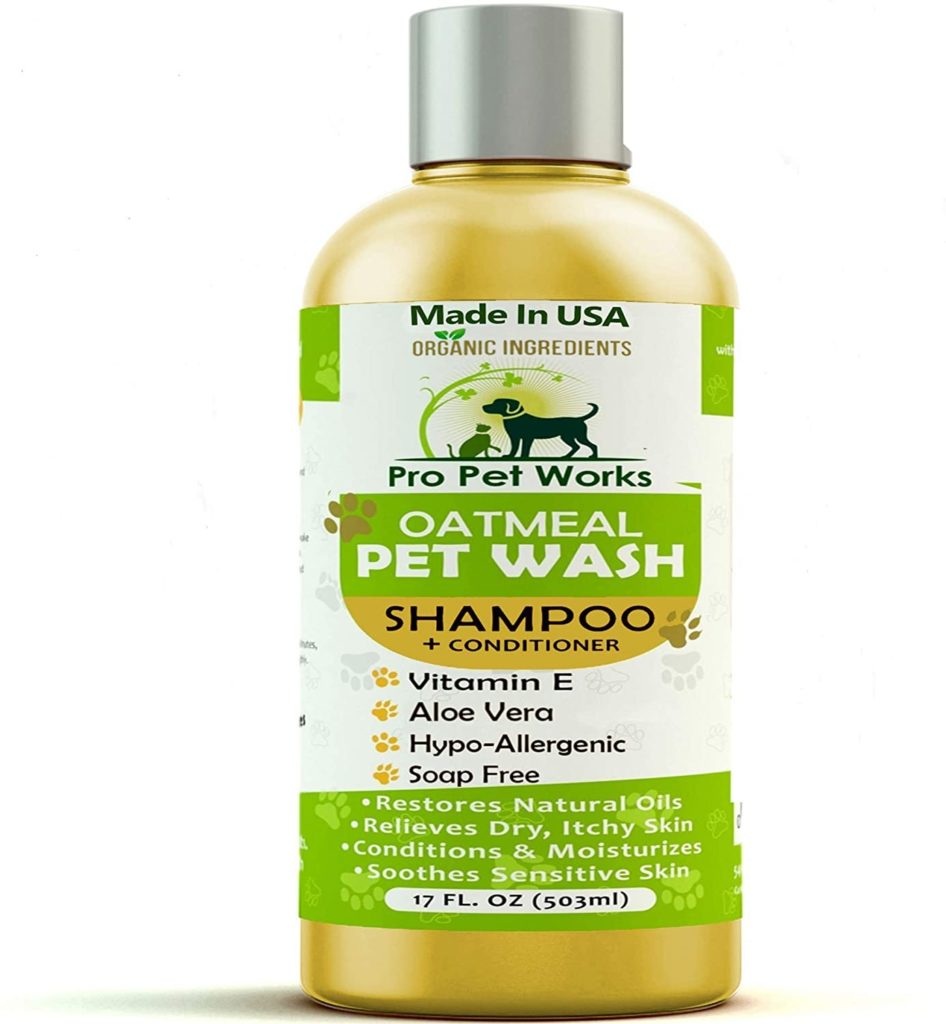
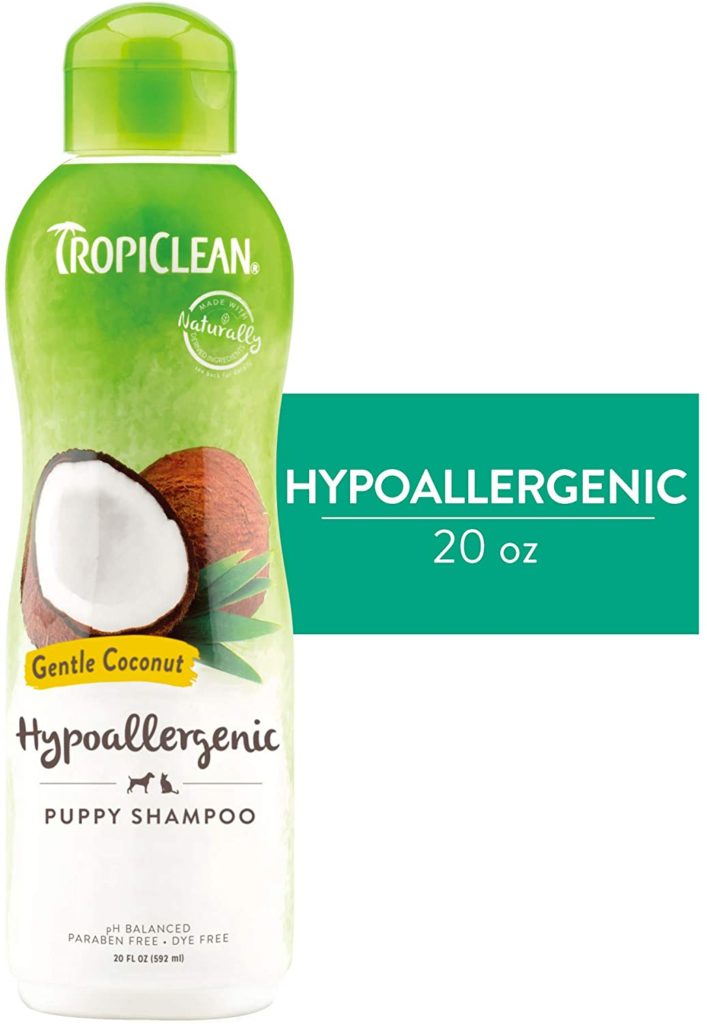


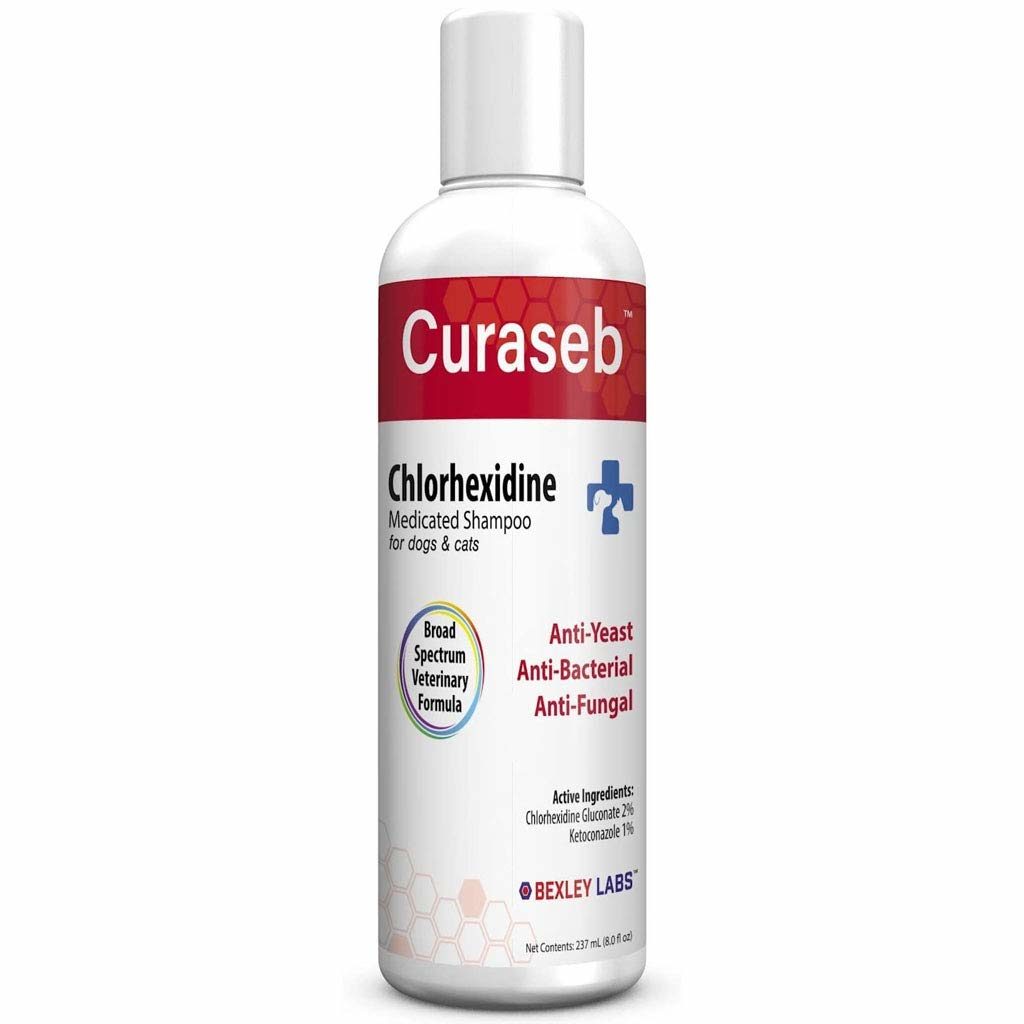
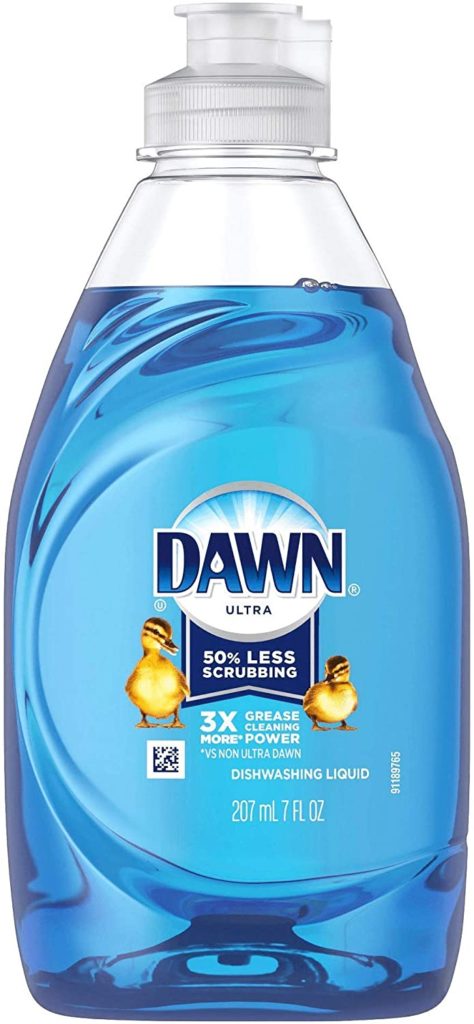




1 Comment
Vet’s Best Wateless Cat Bath has neem oil in it, which can be toxic to cats if ingested, especially when used often, since it’s a waterless and cats lick their fur every second of the day.